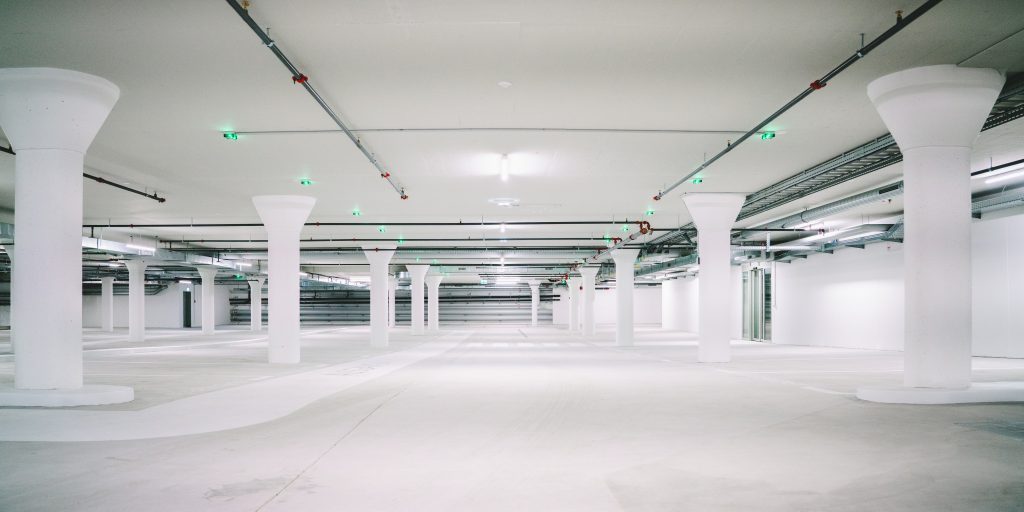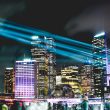Repurposing the urban garage: How to monetize unused parking assets
For as long as the United States has been a car-centric society, we’ve been concerned with parking. Drivers spend an average of 17 hours a year looking for parking; and especially in urban centers, businesses must make sure residents, visitors, shoppers and employees have parking available within walking distance.
Recent years have shown us that the need for parking will decrease as cities take necessary steps to go green, encouraging citizens to take public transit, rideshare or walk to their destination. Yet barring major urban reconstruction, the space now dedicated to parking—both on the streets and in garages—will go unused if only conceptualized as places for people to stop their cars.
For many property owners, parking areas can become something of an albatross, especially in urban, commercial parking lots, now that the telecommuting revolution has come. Many of the people who used downtown parking garages for professional reasons were white-collar or knowledge workers, exactly those professionals facing the easiest transition to working from home.
This leaves urban parking garages especially vulnerable to going mostly unused as employees, who previously needed them to come to the office, now happily keep their cars in their own driveways. With so many spaces going unused, parking lot owners must confront the challenge of how to utilize and even monetize their fallow property.
The key to making proper use of this space is to understand its incredible versatility. We are so used to thinking of these areas as exclusively there for our cars; now we must reframe our thinking to include many other options. For example, outdoor parking structures could easily be converted into community areas where food trucks and other pop-up businesses congregate, giving people a place to relax, shop and socialize during the workday or when visiting downtown.
With fewer people to compete with for parking spots, and trendy food trucks hanging around, hybrid or stay-at-home workers will be more tempted to stop by the office. And, of course, these pop-ups and food trucks would pay for their use of the space, allowing lot owners to turn unused garage or lot space back into a lucrative asset.
There are other ways to leverage newly free parking space that are both profitable and ethical, for example by transforming the unutilized space into a source of green energy or carbon offsets. Parking lots can become indoor or urban gardens, including greenhouses, carbon offsetting green plants, solar panels and more.
With many municipal utilities offering tax breaks and even power buying initiatives, this is an efficient way to monetize unused lots while making a difference for the environment. And with programs like Build Back Better offering incentives to install electric car charging stations, a lack of demand for parking spaces now makes a great opportunity to add chargers.
If looking for the simplest solution, parking lot owners would be well served to simply invest in a smart parking app, most of which don’t require any capital investment. By setting a certain number of their spaces as available through the app, property owners can guide visitors to use spots previously reserved for downtown workers. Even corporate towers with their own parking lots can monetize those lots the same way.
People hoping to avoid street parking can use their apps to be guided toward safe, secure parking, often much closer to their destination. This approach requires by far the fewest resources and smallest investment on the part of the property owner, helping people do their urban errands more efficiently and making a profit off space that otherwise would have stood empty, and preparing these assets for the rise of smart cities.
Jeremy Zuker is the co-founder of WhereiPark, a technology company that enables multifamily residential and commercial property owners to discover new revenue sources through innovative solutions that leverage unused parking spaces.




















